In the enchanting world of avian wonders, songbirds stand out with their resplendent plumage, captivating our senses with a kaleidoscope of vibrant hues.
From the striking reds of the Northern Cardinal to the iridescent blues of the Eastern Bluebird, these feathered maestros have evolved to showcase an array of brilliant colors.
But what is the purpose of songbirds having such bright colors? Beyond mere aesthetics, songbirds’ bright colors serve a multitude of essential functions in their lives. Understanding the significance of these hues unravels a captivating tale of survival, courtship, and communication.
Join us on a journey as we delve into the fascinating world of songbirds, exploring the evolutionary advantages and ecological roles that their vivid colors play.
From attracting mates to deterring predators, these avian artists have mastered the art of visual communication, leaving us in awe of their dazzling displays.

What Is the Purpose of Songbirds Having Such Bright Colors?
The purpose of songbirds having bright colors can be attributed to several factors, including mate attraction, species recognition, and signaling fitness. These vibrant hues serve as visual cues that play a crucial role in their survival and reproductive success. Let’s explore these purposes and delve into the details:
Mate Attraction
Bright colors in songbirds are often associated with sexual selection, where males use their colorful plumage to attract females during the breeding season.
These vibrant displays serve as signals of the male’s genetic quality, health, and ability to provide resources for offspring.
Females, in turn, are more likely to choose mates with brighter and more elaborate plumage, as it indicates their potential reproductive success.
Species Recognition
Distinctive colors help songbirds recognize and differentiate between their own species and others. Each species has its unique color patterns, which aid in identifying potential mates and avoiding hybridization with closely related species.
This recognition is crucial for successful reproduction and maintaining species integrity.
Signaling Fitness
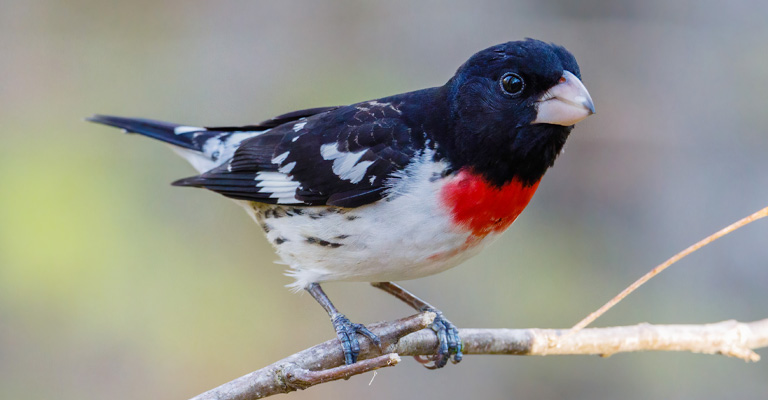
Bright colors can also act as indicators of an individual bird’s overall fitness and health. The intensity and quality of colors can reflect the bird’s ability to acquire sufficient food, resist parasites, and cope with environmental stressors.
By displaying vibrant plumage, songbirds signal their physical condition and genetic superiority, making them more attractive to potential mates.
Territory Defense
In some cases, bright colors serve as a means of defending territories. Male songbirds may use their colorful plumage to establish and defend their breeding territories from intruders.
The conspicuousness of their colors can act as a warning to other males, indicating their willingness to engage in aggressive encounters to protect their resources.
Camouflage and Concealment
While bright colors may seem counterintuitive for camouflage, some songbirds utilize their vibrant plumage to blend into their surroundings effectively.
For instance, certain species living in dense foliage or colorful habitats have evolved to match the colors of their environment, making it harder for predators or prey to detect them.
Communication and Social Hierarchy
Bright colors can also play a role in communication within social groups. They can convey information about an individual’s social status, dominance, or submission.
In some species, dominant males may exhibit brighter colors to assert their authority, while subordinate individuals may have duller or less vibrant plumage.
Parental Care and Offspring Recognition
Bright colors can aid in parental care and offspring recognition. In some species, both males and females exhibit bright plumage, which helps parents locate and identify their own offspring among a group.
This recognition is crucial for providing proper care, feeding, and protection to their young.
Environmental Adaptation
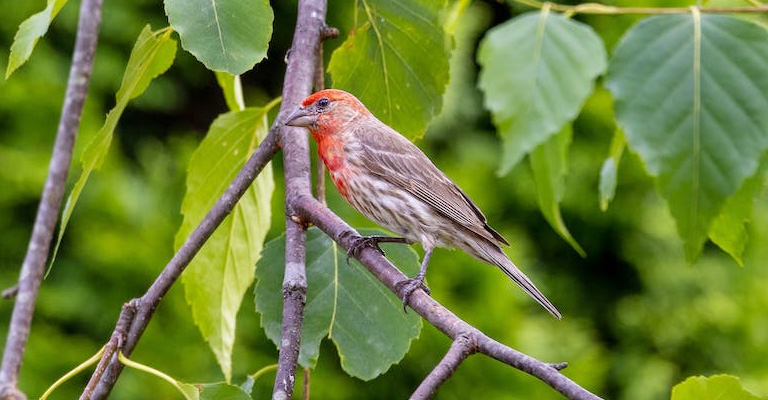
The colors of songbirds can also be influenced by their specific habitats and environmental conditions.
For instance, birds living in open grasslands may have more subdued colors to blend in with the surroundings, while those in dense forests may have brighter colors to stand out against the foliage.
Seasonal Variation
Some songbirds exhibit seasonal variation in their plumage colors. During the breeding season, males may develop brighter and more vibrant colors to attract mates.
However, outside of the breeding season, these colors may fade or change to provide better camouflage and protection during migration or winter months.
Individual Variation
While songbirds of the same species generally have similar color patterns, there can be individual variation within a population. This variation can be influenced by genetic factors, age, and overall health.
It adds to the uniqueness of each bird and may play a role in individual recognition within social groups.
Cultural Significance
Beyond their biological functions, the bright colors of songbirds have cultural significance for humans. Their vibrant plumage has inspired art, literature, and cultural traditions in various societies throughout history.
The beauty and diversity of songbird colors have captivated human imagination and contributed to our appreciation of the natural world.
Do All Songbirds Have Bright Colors?
Not all songbirds have bright colors. While many songbird species exhibit vibrant plumage, there are also numerous species that have more subdued or cryptic coloration. Here are a few examples of songbirds with bright colors:
Northern Cardinal (Cardinalis cardinalis)
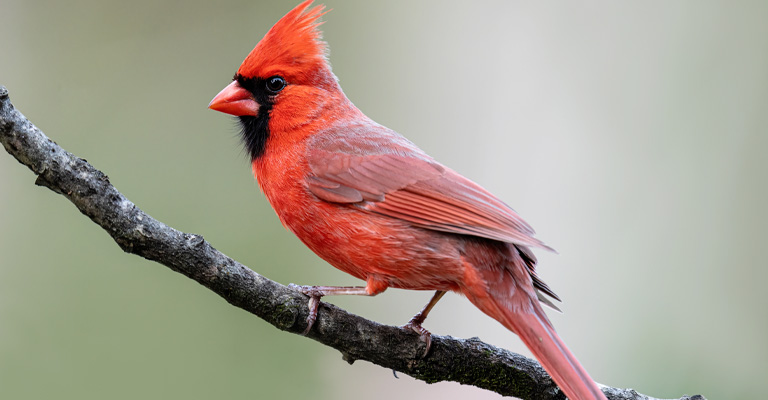
The male Northern Cardinal is known for its striking bright red plumage, which contrasts with its black face mask.
The female has a more muted coloration, with a reddish-brown body and hints of red on the wings and crest. These colors help the male attract a mate and defend its territory.
Painted Bunting (Passerina ciris)
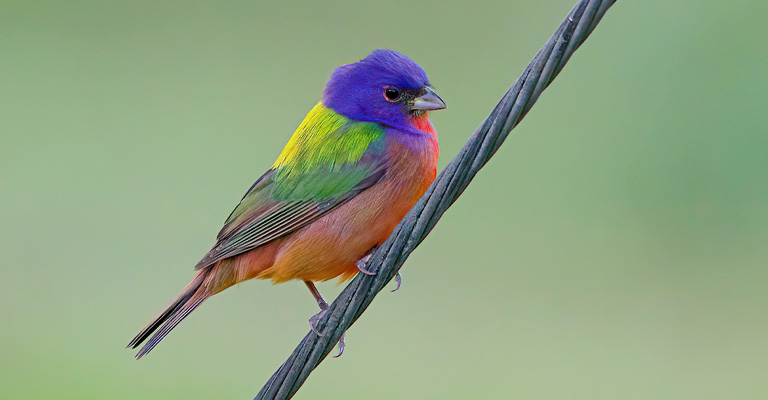
The male Painted Bunting is often described as one of the most colorful birds in North America. It displays a combination of bright blue head and underparts, green back, and red rump.
The female, on the other hand, has a more subtle green coloration. These vibrant colors play a crucial role in attracting mates and establishing breeding territories.
American Goldfinch (Spinus tristis)
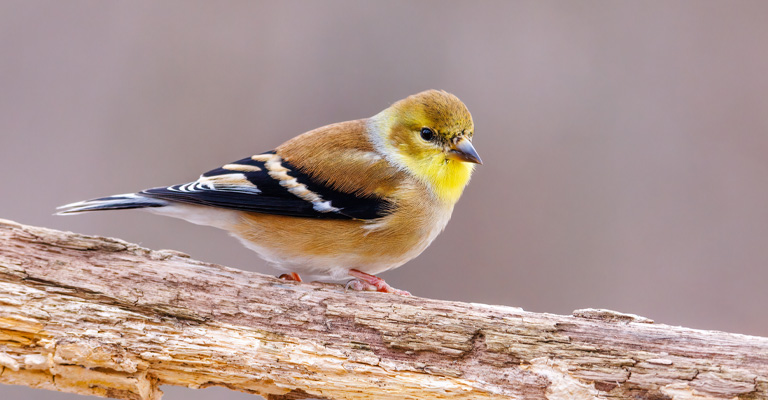
The male American Goldfinch sports bright yellow plumage during the breeding season, which helps it attract a mate.
However, outside of the breeding season, both males and females adopt a more subdued olive-brown coloration, providing better camouflage in their winter habitats.
Indigo Bunting (Passerina cyanea)
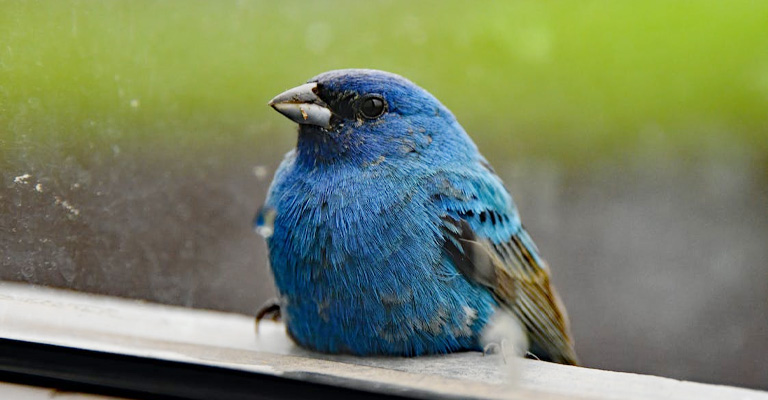
The male Indigo Bunting is known for its intense blue plumage, which appears almost iridescent under certain lighting conditions.
The female, on the other hand, has a more brownish coloration. These bright blue colors are important for attracting mates and defending territories.
Baltimore Oriole (Icterus galbula)
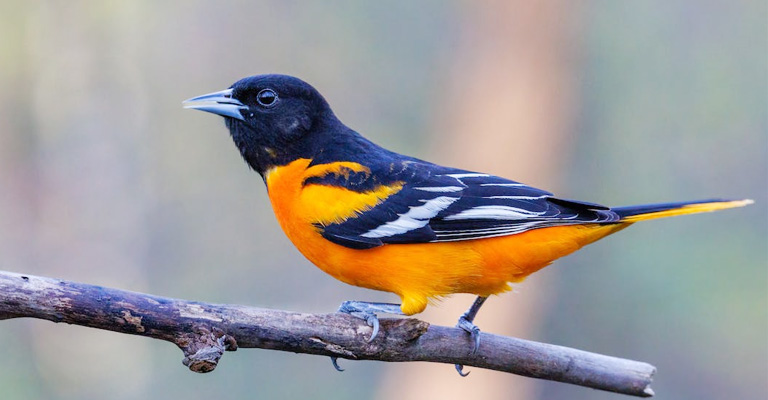
The male Baltimore Oriole displays a vibrant orange plumage with black wings and head. The female has a more yellowish coloration.
These bright colors help the male attract a mate and establish its breeding territory. Orioles are known for their melodious songs, which further contribute to their appeal.
How Do Birds Make Color?
Birds produce color through a combination of pigments and structural features in their feathers. Let’s explore the two main mechanisms by which birds create color:
Pigments
Birds can produce color through pigments, which are chemical compounds that absorb and reflect specific wavelengths of light.
The most common pigments found in bird feathers are melanins, carotenoids, and porphyrins.
Melanins
Melanin pigments are responsible for producing black, brown, gray, and some iridescent colors in bird feathers.
They are produced by specialized cells called melanocytes. The amount and distribution of melanin determine the darkness or lightness of the color.
Carotenoids
Carotenoids are organic pigments that produce bright red, orange, and yellow colors in bird feathers.
Birds cannot synthesize carotenoids themselves, so they acquire them through their diet, primarily from fruits, insects, and other food sources. Carotenoids are stored in specialized feather structures called barbs and barbules.
Porphyrins
Porphyrins are pigments that produce a range of colors, including reds, browns, and greens. They are less common in bird feathers compared to melanins and carotenoids.
Porphyrins are synthesized within the bird’s body and are often associated with specific physiological functions.
Structural Colors
In addition to pigments, birds can also create colors through structural features in their feathers. Structural colors are produced by the interaction of light with microscopic structures in the feathers, rather than by pigments.
These structures can reflect, scatter, or refract light, resulting in vibrant and iridescent colors.
Melanin-based Structural Colors
Some iridescent colors in bird feathers are created by the combination of melanin pigments and the structural arrangement of the feather barbules.
The microscopic structures, such as melanin granules or air pockets, interact with light, causing interference and diffraction, resulting in iridescent hues.
Nanostructures
Certain bird species, such as hummingbirds and kingfishers, possess specialized feather structures with nanoscale features that create brilliant and iridescent colors.
These nanostructures, such as thin films or arrays of tiny structures, interfere with light, producing vivid and shifting colors.
FAQs
Songbirds develop their bright colors through a combination of genetic factors and environmental influences. The genes responsible for producing pigments and structural features in feathers play a role in determining coloration.
Yes, the bright colors in songbirds are often inherited. The genes responsible for producing pigments and structural features in feathers are passed down from parents to offspring.
No, not all songbird species have bright colors. While many songbirds exhibit vibrant plumage, there are also numerous species that have more subdued or cryptic coloration.
Bright colors in songbirds play a crucial role in mate attraction. Males often display vibrant plumage to attract females during the breeding season.
These colors serve as visual signals of the male’s genetic quality, health, and ability to provide resources for offspring.
Yes, the bright colors in songbirds can change over time. Factors such as age, health, diet, and environmental conditions can influence the intensity and quality of the colors.
Final Words
As we conclude our exploration into the purpose of songbirds’ bright colors, we are left with a profound appreciation for the intricate web of nature’s design.
These avian marvels have evolved over millions of years, adapting their plumage to fulfill a variety of crucial roles in their lives.
From signaling their fitness and attracting mates to camouflaging in their surroundings and warning off potential predators, the vibrant colors of songbirds serve as a testament to the power of natural selection.
Moreover, their dazzling displays remind us of the beauty and diversity that exists within our natural world.
By unraveling the mysteries behind these hues, we gain a deeper understanding of the intricate mechanisms that drive the survival and success of these enchanting creatures.
Let us continue to marvel at the wonders of songbirds and cherish the symphony of colors they bring to our lives.